DIY towel warmer?
blindstar
17 years ago
Featured Answer
Sort by:Oldest
Comments (14)
blacknumber1
17 years agoRelated Professionals
Downers Grove Solar Energy Systems · Elmhurst Solar Energy Systems · Algonquin Home Automation & Home Media · Clearwater Home Automation & Home Media · Farmington Home Automation & Home Media · Lakeway Home Automation & Home Media · Libertyville Home Automation & Home Media · Tarpon Springs Home Automation & Home Media · West Hollywood Home Automation & Home Media · North Versailles Electricians · Douglasville Fireplaces · Elk Grove Village Fireplaces · Hoffman Estates Fireplaces · Ventura Fireplaces · Chester Fireplacesdaft_punk
17 years agobob_brown
17 years agoblindstar
17 years agomike_73
17 years agokframe19
17 years agomike_73
17 years agoblindstar
17 years agomike_73
17 years agokframe19
17 years agocliff321
10 years agofsq4cw
10 years agosaltcedar
10 years ago
Related Stories

BATHROOM DESIGNLovely Little Luxuries: Pamper Yourself With Towel Warmers
Heat your robes, dry delicates and wet mittens — with these warmers around, toasty treats go beyond just towels
Full Story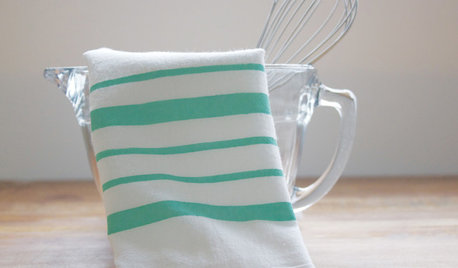
CRAFTSDIY Friday: Paint a Dishtowel for Kitchen Color
Brighten your kitchen with a flour sack towel in any color and pattern you choose
Full Story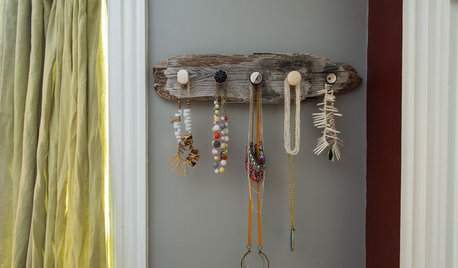
STORAGEStroke of DIY Genius: Get Hooked on These 15 DIY Storage Hacks
These DIY homeowner ideas include a repurposed vintage tennis racket and reclaimed-wood pieces
Full Story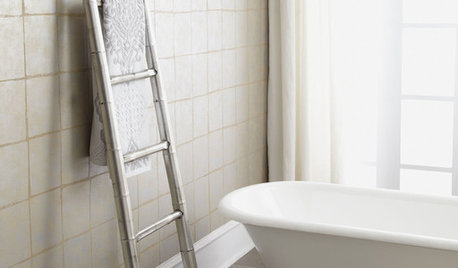
PRODUCT PICKSGuest Picks: 20 Towel Racks to Better Your Bath
Sleek to quirky to rustic, these towel racks are anything but ho-hum
Full Story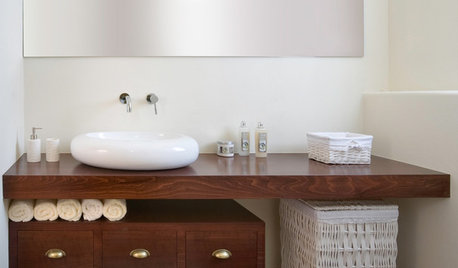
BATHROOM DESIGNA Stylish Place for Bath Towels
Easy Bathroom Storage: Keep Some Fluffy Towels in the Open
Full Story
DIY PROJECTSThe Worst Rug Ever: 6 DIY Missteps
Yes, you can take reusing and upcycling too far. These imagined floor coverings show that not every material has a second life
Full Story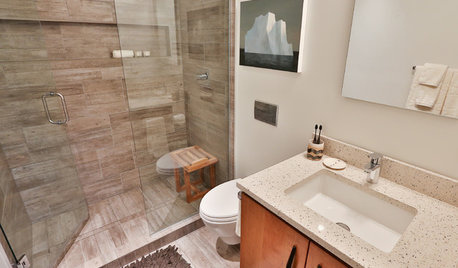
BATHROOM DESIGNSee 2 DIY Bathroom Remodels for $15,500
A little Internet savvy allowed this couple to remodel 2 bathrooms in their Oregon bungalow
Full Story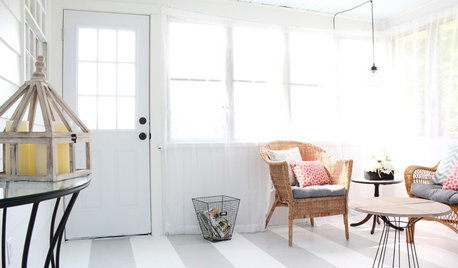
DECORATING GUIDES5 DIY Decorating Projects Perfect for the Holiday Weekend
Spend that free day making something new and creative for your home, to admire long after the weekend is over
Full Story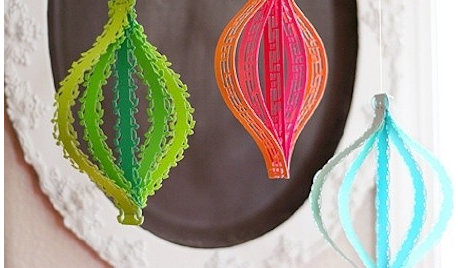
DECORATING GUIDES30 Beautifully Inventive DIY Christmas Decorations
Get inspired to decorate your home with these easy and affordable holiday crafts
Full Story
MOST POPULARHoliday DIY: 25 Ideas for Make-Your-Own Decor and Gifts
We show you how to create cute and clever Christmas and Hanukkah gifts, ornaments, wreaths and more
Full StoryMore Discussions







pjb999